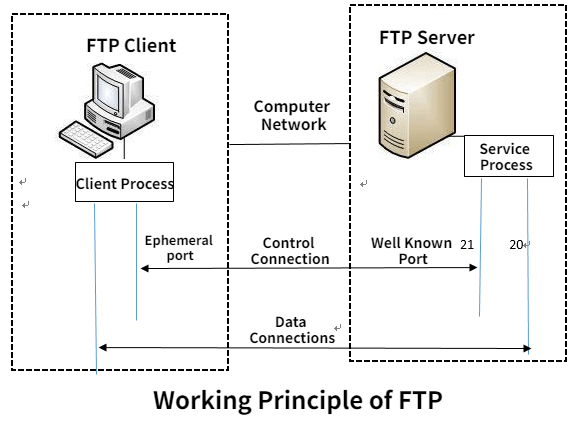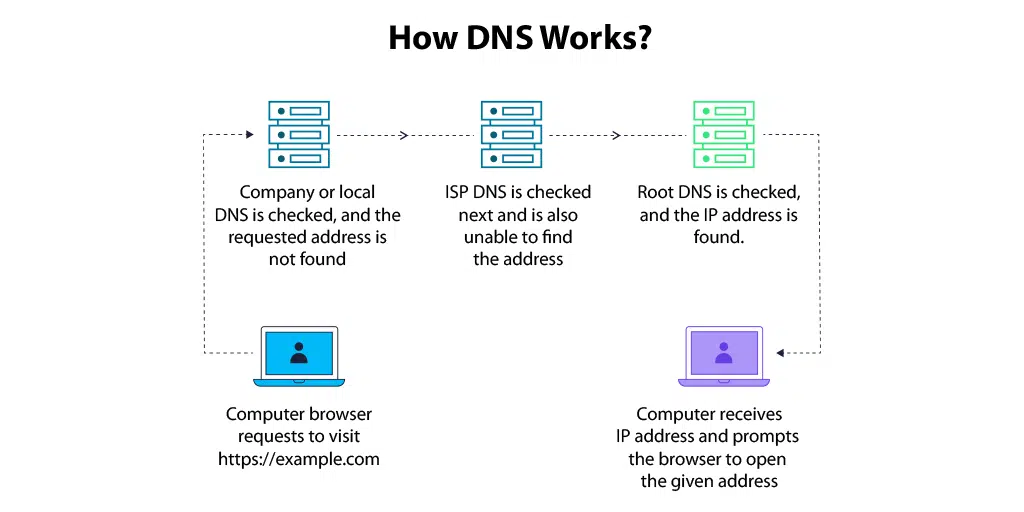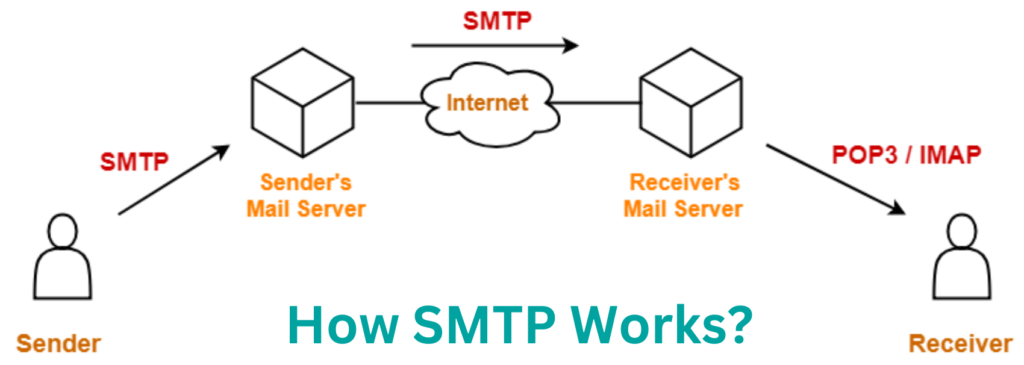Network Protocols: The Languages of the Internet 🗣️🌐
In the world of computer networks, protocols serve as the universal languages that devices use to communicate. Without these predefined rules and standards, our digital communications—from browsing the web to sending emails—would be chaotic.
Protocols ensure that devices, regardless of their manufacturer or type, can exchange data seamlessly. Let’s dive into the most essential network protocols that keep our digital world running smoothly.
Table of Contents
Common Network Protocols
1. TCP/IP (Transmission Control Protocol/Internet Protocol) 📡
The TCP/IP suite forms the backbone of the internet and most private networks. It is actually a combination of two protocols:
TCP (Transmission Control Protocol): Responsible for ensuring that data is transmitted reliably. When you send data over the internet (like an email or a file), TCP breaks it down into smaller chunks called packets. These packets are reassembled in the correct order at the receiving end, ensuring that no data is lost in transit.
IP (Internet Protocol): Manages addressing and routing. It assigns a unique IP address to every device on the network and ensures that data packets are routed correctly from the sender to the recipient.
Without TCP/IP, the internet as we know it wouldn’t exist. Every time you visit a website, send an email, or stream a video, TCP/IP is making sure that your data gets from one device to another—accurately and securely.
2. HTTP/HTTPS (Hypertext Transfer Protocol/Secure Hypertext Transfer Protocol) 🌐🔒
HTTP is the protocol used for transferring web pages and other resources on the internet. It is the foundation of any data exchange on the web and is responsible for fetching documents and transmitting them to your browser.

HTTP (Hypertext Transfer Protocol): This protocol governs how web browsers communicate with web servers. Every time you visit a website, your browser uses HTTP to request the web page’s data from the server, which is then displayed in your browser window.
HTTPS (Hypertext Transfer Protocol Secure): This is the secure version of HTTP, adding encryption via SSL/TLS. When you see HTTPS in the URL bar, it means the data sent between your browser and the website is encrypted, protecting sensitive information (like passwords or credit card details) from being intercepted by attackers.
In today’s privacy-conscious world, HTTPS is the standard for securing websites, especially those handling personal or financial data.
3. FTP (File Transfer Protocol) 📂
FTP is used for transferring files between a client (your computer) and a server over a network. It’s commonly used by web developers and network administrators for uploading or downloading large files from servers. 
- Simple file transfer: FTP enables users to upload files to a website or download them from a server. While less popular among everyday internet users due to cloud storage alternatives, it remains a vital tool for website management and network administration.
However, FTP is not inherently secure, as it transfers data (including login credentials) in plain text. For secure file transfers, SFTP (Secure FTP) or FTPS—which adds encryption—are commonly used.
4. DNS (Domain Name System) 🏷️
DNS is the unsung hero of the internet, translating human-readable domain names (like www.google.com) into IP addresses (such as 216.58.217.46). Imagine trying to remember and type a string of numbers every time you wanted to visit a website—that’s what the internet would be like without DNS! 
- Domain name to IP address translation: DNS is essentially the phonebook of the internet, linking domain names to their respective IP addresses. When you type a website’s name into your browser, DNS finds the correct IP address and directs your browser to the right server.
Without DNS, our daily interactions with the web would be much more cumbersome. It handles billions of requests daily, ensuring that you don’t have to remember a string of numbers to visit your favorite sites.
5. SMTP (Simple Mail Transfer Protocol) 📧
SMTP is the protocol used to send emails. Whenever you send an email, SMTP ensures that your message is delivered to the correct email server. It’s a key part of email communication, responsible for moving your messages from your outbox to your recipient’s inbox. 
- Email delivery: When you hit “send” on an email, SMTP takes over. It communicates with your email server, delivers the email to the recipient’s server, and then hands off the message for retrieval by the recipient using a different protocol (usually IMAP or POP3).
Although SMTP is responsible for sending emails, it doesn’t handle incoming mail. That job is done by protocols like IMAP or POP3, which allow users to retrieve their emails.
Why Network Protocols Matter
Network protocols are critical to maintaining the functionality, security, and efficiency of online communication. They allow for the standardization of data transmission, ensuring that devices can communicate reliably regardless of their differences. Without these protocols:
- The internet would not function as we know it.
- Devices would struggle to interact with each other.
- Security and privacy would be far less robust.
Whether you’re streaming a video, sending an email, or simply browsing the web, it’s these underlying protocols that make the magic happen, allowing networks and devices to seamlessly communicate across the globe.
By understanding the most common network protocols, you’ll gain a deeper appreciation of the complexities involved in our daily online interactions and why network engineers, web developers, and IT professionals work hard to ensure these systems stay robust and secure.

